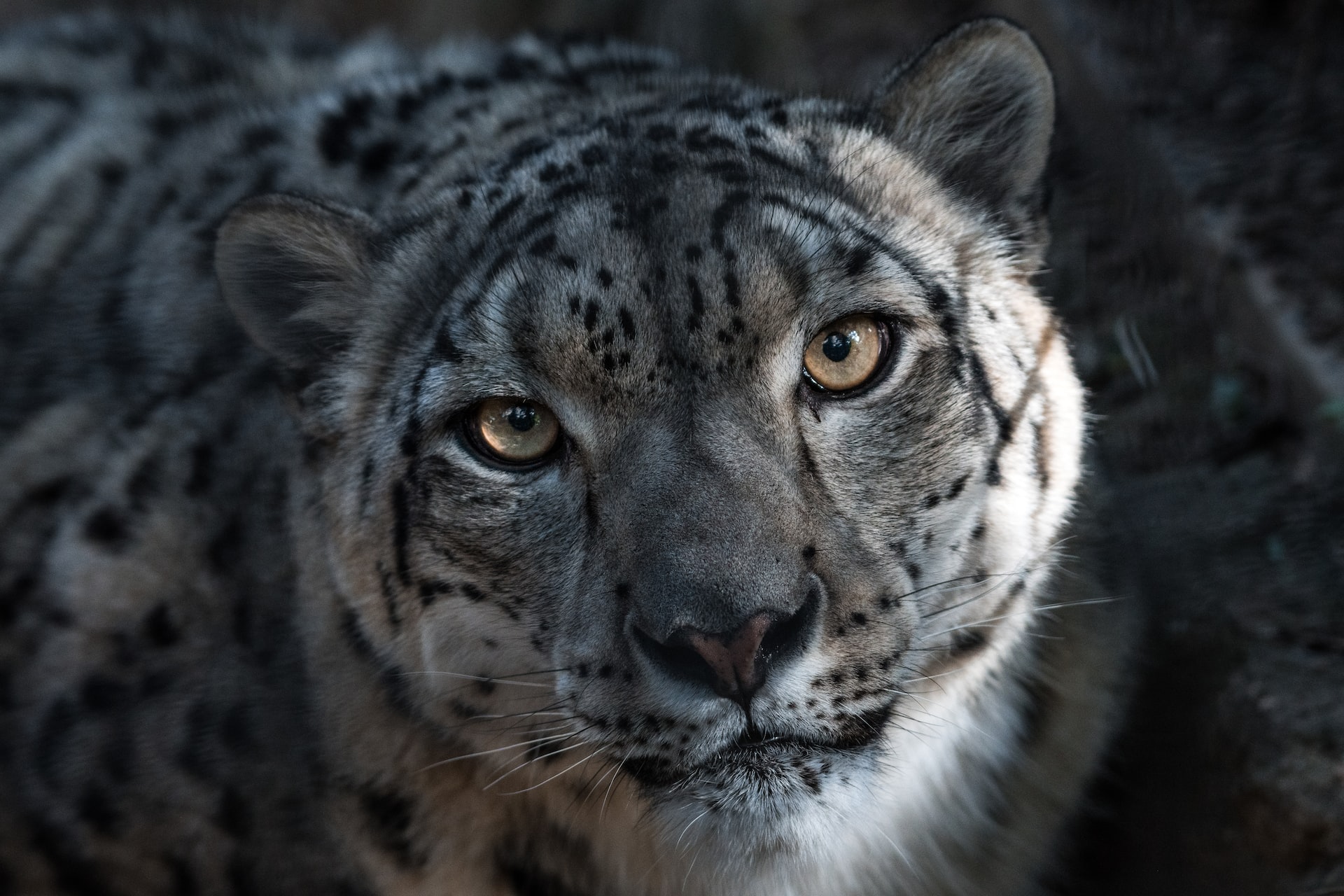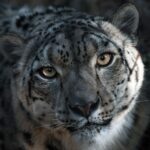
The snow leopard is a beautiful and elusive animal that inhabits the mountainous regions of Central and South Asia. It is threatened by habitat loss and fragmentation, prey depletion, and direct persecution. Despite these challenges, the snow leopard has remained relatively widespread and abundant across its range.
In this article, we’ll take a closer look at the characteristics, habitat, and conservation status of the snow leopard. We’ll also discuss some of the efforts being made to protect this iconic species and ensure its survival for future generations.
What does a snow leopard look like
The snow leopard is a medium-sized wild cat with long, thick fur that varies in color from smoky gray to yellowish tan. Its head and body length ranges from 60 to 90 centimeters (2 to 3 feet), while its tail can grow up to 100 centimeters (40 inches) long. With powerful legs, large paws, and partially retractable claws, snow leopards are well adapted for moving across steep, rocky terrain. They have relatively short legs compared to other big cats, which enables them to use stealthy stalking techniques when hunting their prey.Snow leopards are solitary animals that prefer to live in remote, mountainous areas at elevations of 1,500 to 4,500 meters (5,000 to 15,000 feet). Some populations are migratory and travel between different ranges during the year. Their preferred habitats include rocky outcrops, open forests, shrublands, and alpine meadows.
What do they eat and how do they hunt
Snow leopards are carnivores that primarily prey on blue sheep and markhor, although they will also hunt ibex, red deer, mice, rabbits, and other small mammals. They typically stalk their prey from a distance before pouncing on it from above, using their powerful hind legs to knock it to the ground. Snow leopards typically feed on their kill alone, dragging it up into a tree or other high-elevation perch to keep it safe from scavengers.
In order to survive and thrive in the challenging environments they inhabit, snow leopards have evolved several unique adaptations. Some of these adaptations include thick fur that helps them stay warm in cold climates, and a long tail that they use for balance when jumping and climbing. Snow leopards are also proficient hunters, able to take down prey much larger than themselves.
What is the conservation status of the snow leopard
The snow leopard is classified as “Endangered” by the International Union for Conservation of Nature (IUCN). This means that it is at risk of extinction in the wild, primarily due to habitat loss and fragmentation, prey depletion, and direct persecution. In addition to these threats, climate change may also pose a serious danger for snow leopards by reducing their already limited prey base and altering their habitats.
Despite being threatened by a number of factors, the snow leopard remains relatively widespread and abundant across its range. In fact, some estimates suggest that there may be as many as 4,000 to 6,500 snow leopards in the wild. However, this number is likely to decline in the future without concerted conservation efforts.
How can you help support conservation efforts for snow leopards in your community or around the world
There are many ways to help support conservation efforts for snow leopards in your community or around the world. One way is to donate to organizations working to protect them, such as the Snow Leopard Trust or the Wildlife Conservation Society. You can also raise awareness about the issue by sharing this article and other resources about snow leopard conservation with your friends and family.
Other actions that can help protect snow leopards include reducing your own impact on the environment through practices like recycling and reducing energy use, and supporting policies at local and national levels that promote conservation of natural habitats and wildlife populations. In addition, you can volunteer with local organizations or support research efforts to learn more about these iconic big cats and help protect their populations for future generations.



